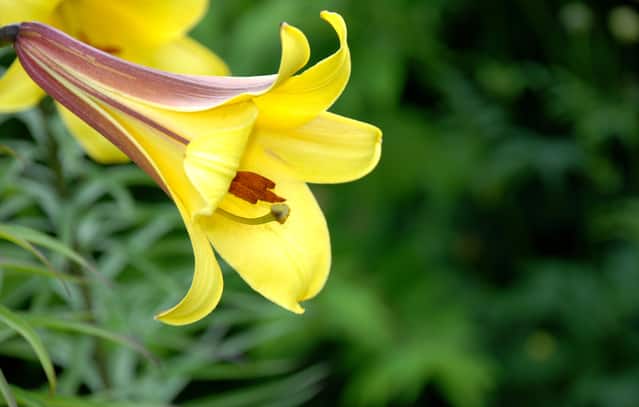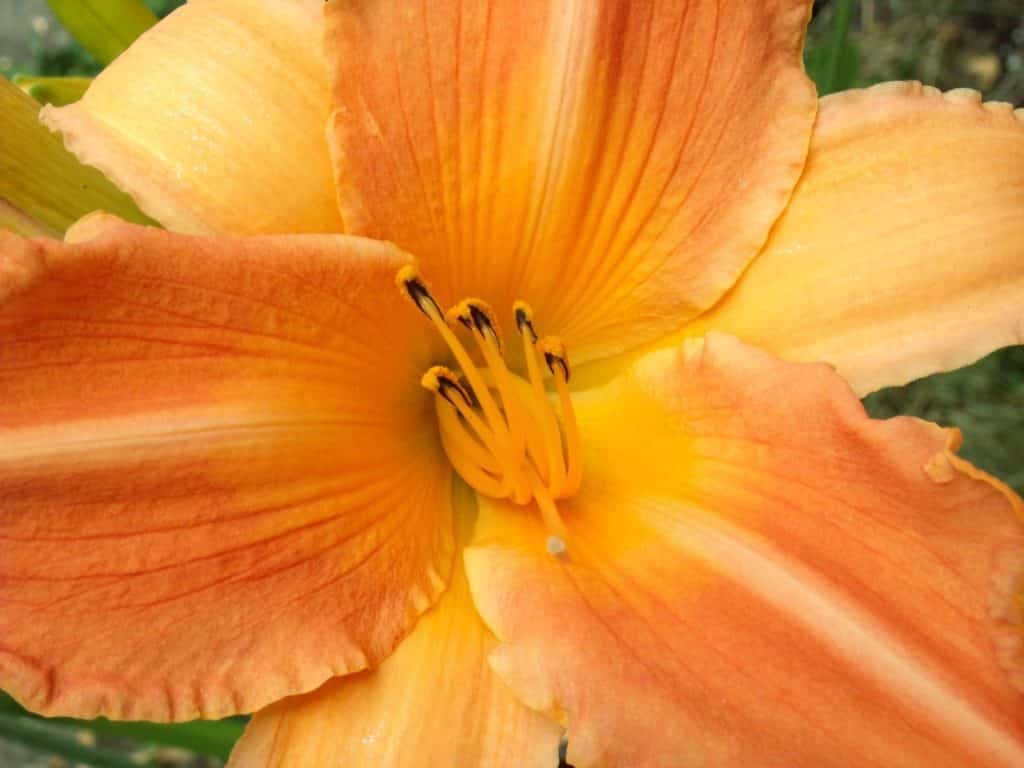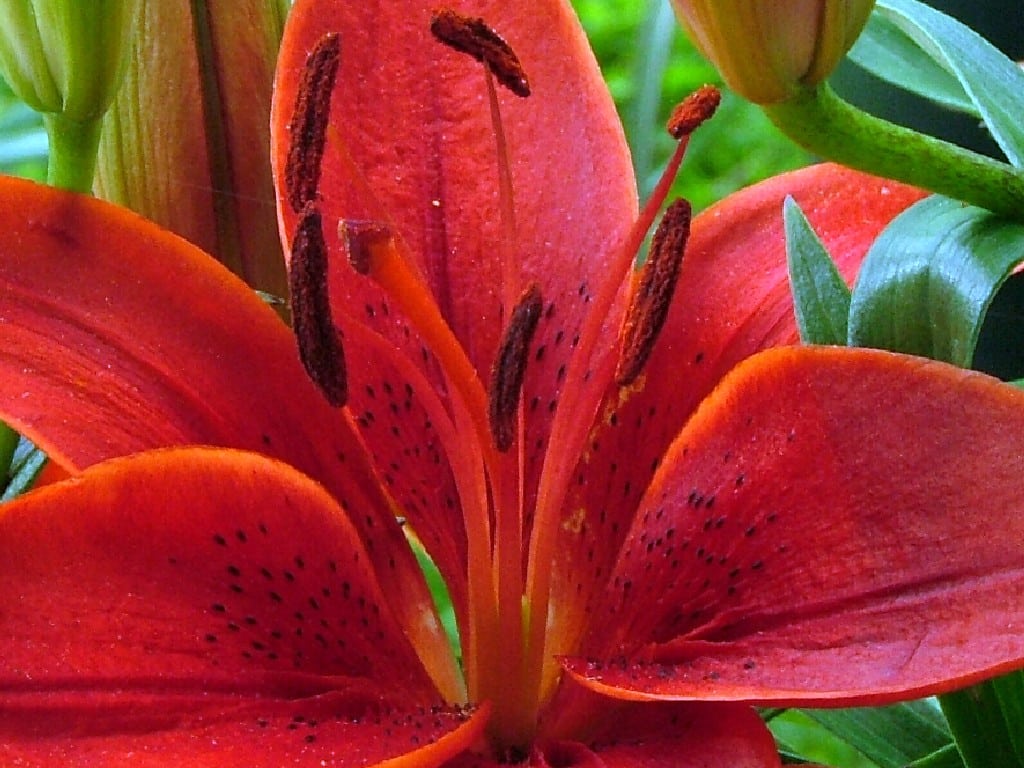Looking for a summer and fall flower that offers a rainbow of bloom colors, thrives in just about any landscape and can be drought tolerant when necessary? Plant some daylilies. The botanical name for these easy-to-grow plants is Hemerocallis, which comes from two Greek words that mean beauty and day. The day refers to the fact that the each bloom only lasts a day. There are, however, many buds on one flower stalk that keep blooming over a long period.
Daylilies come in a wide variety of sizes—from 6 inches to 8 feet tall, with 3 to 4 feet the most common. The plants generally grow in a clump, which can spread to about a foot wide. Flower colors run the gamut, including bi-colored blooms. Common daylily colors include yellow, orange, pink, red, purple, white, cream and even brown.
 (Claudia Meyer/FreeImages.com)
(Claudia Meyer/FreeImages.com)To have luck growing daylilies, keep the following cultivation tips in mind.
Provide sun or partial shade. Daylilies grow the best in full sun, but they will tolerate part-shade conditions. If you do plant them in part-shade, choose an area of the garden that gets at least six hours of sun a day, preferably in the morning and early afternoon.
Keep in mind that some flower colors, such as various pinks and yellows, require sufficient sun for them to display their best colors. On the other hand, darker colored daylilies, such as red and purple, can become washed out in the sun, so they do best with some afternoon shade.
 (Eileen Klinger/FreeImages.com)
(Eileen Klinger/FreeImages.com)
Plant in well-draining, fertile soil. Daylilies require a soil that drains well, yet retains sufficient water and is nutrient rich. To accomplish this, add generous amounts of compost to the soil when preparing it for planting. Raised beds are an excellent choice for creating good drainage and rich soil.
Fertilize. Add a starter fertilizer when planting daylilies and feed once in spring and again in midsummer with an organic fertilizer designed for flowering plants.

(Mary Ellen Rynes/FreeImages.com)
Water regularly. While daylilies grow in drought conditions, they do best when given regular water. In the absence of rainfall, give the plants a deep watering when the top 2 to 3 inches of soil has dried out. Avoid overhead watering, as this can cause spots on the blooms. To cut down on the need for watering and to improve the soil, mulch with 1 to 2 inches of shredded bark or leaf mold.
Groom regularly. Keep daylily plants tidy by removing spent blooms on a regular basis.
Julie Bawden-Davis is a garden writer and master gardener, who since 1985 has written for publications such as The American Gardener, Organic Gardening, Wildflower, Better Homes and Gardens and The Los Angeles Times. She is the author of seven books, including Reader’s Digest Flower Gardening, Fairy Gardening, The Strawberry Story, and Indoor Gardening the Organic Way, and is the founder of HealthyHouseplants.com.

